Think Gazette
- Jennifer Ng

- Nov 17, 2021
- 5 min read
Updated: Nov 19, 2021

Message from the Chief Principal
昨天我在「秋季公園探索活動」遇見到一位低班的家長,她的大兒子是朗思的畢業生,現在就讀心儀的小學。在閑談中她對我說:「校長,很感謝您們的兩文三語課程!我的大仔在小學無論是英文或中文成績也很好,連普通話也說得很流暢,真想不到Happy School 也能幫到他打下這麼好的基礎,做家長都不用哪麼辛苦!」其實,早在三十年前,在「兩文三語」尚未普及之前,朗思已為幼兒教育開拓了「兩文三語」的課程。現時朗思的「兩文三語」課程可算是非常成熟。我們一向前瞻教育方向,讓幼兒能走在時代的尖端。
一項美國最新研究表示,在新冠疫情下,小學生學習滑落,學童閱讀力暴跌三成,值得各界關注。其實,我認為在新冠疫情下,對戴著口罩的幼兒而言,無論是在社交、認知、情緒、體能各方面的發展都因疫情而緩慢下來。其中影響最嚴重、最深遠的是幼兒的聽講能力。家長們,您們有沒有發覺在口罩下的幼兒連說一句讓別人能聽得到的「早晨!」也是難得的嗎?
3-5 歲是幼兒發展語言的關鍵時刻(critical period)。良好的語言基礎,可以令幼兒更有自信、情緒更穩定、更願意與人溝通。長大後無論在家庭、工作或社交上都能發揮其潛能。朗思期望幼兒能把握這學習語言的‘critical period’,因此特別設計了一些既有趣性又能激發說話及創意能力的遊戲,讓幼兒在這關鍵時刻學得更好,玩得更開心,聆聽力更強,說話更有信心。
「朗思情訊」今期的內容是分享一些Project班及雙語班有趣的活動,讓家長可以在家和幼兒一起玩。這些活動既可提升親子關係,激發幼兒及家長的創意,也能培幼兒的說話能力,養締造快樂的家庭生活。
朗思的Project班一向深受幼兒及家長歡迎,馬鞍山分校的「拾樹葉」Project是透過探索遊戲,讓他們在不知不覺之間認識到公園裏的不同種類的樹木及不同形狀的樹葉,從而對大自然有更深入的了解。一個簡單的「蝴蝶幼蟲」故事,能提升幼兒的同理心、又能讓他們在不知不覺之間認識到公園裏的小昆蟲朋友。
南昌分校的「紅綠燈」體能遊戲是透過一個簡單的體能活動,讓幼兒從學習聆聽、跟隨老師的指令到自己發號司令來培養幼兒的合作性、自信心及聽講能力。麗港城分校的「Describing Game」遊戲玩法是:當一位幼兒心中想著一架飛機但不能說出是飛機,該幼兒要甚麼說才能令其他幼兒明白自己心中所想(一架飛機)呢?透過這遊戲,該幼兒學習用說話表達(verbalise) ,而其他幼兒學習理解及形象化(visualise) 。聆聽及理解是良好溝通的要素。幼兒從小培養聆聽及理解能力,長大後便能成為社會上善於溝通的一員。
記住要重複得來有創意。有創意的家長會培養出有創意的下一代!幼兒透過學習發出指令去指示老師或其他幼兒畫畫,來提升自信心。樂在其中!在遊戲中培養社交、認知、聽講能力。事半功倍!
Campus Activities
Sharing Corner
Ma On Shan: The Very Hungry Caterpillar
Ms Lily Brown read The Hungry Caterpillar. At first the children each had to come and find the relevant food item from the table and feed it to the caterpillar puppet. Children get to recognize the different food items. , each child was then given two of the food items to hold and had to run up to feed the caterpillar when their food was called. The teacher also stopped the end line on each page (“but he was still hungry!) . At last, the children go to help the new butterfly out of the cocoon!


Ms Jenny read We’re going on a leaf hunt. As we talked about the different types of leaves from the story, the children were asked to come up and find the leaves that matches with the leaves on the page. They also get to pretend to be squirrels as they find the leaves. We learned about the maple leaf, hickory leaf, birch leaf and oak leaf. At the end of the story, they get to choose their favourite type of leave and say “I like _____ leaves.”
Mei Foo: Moving Objects
Children learn most effectively when they are having fun and engaged. In this video, our 4 year-old Lower Kindergarten children play various physical games and group games to strengthen their listening and speaking skills, physical coordination, as well as balance ability.
Mei Foo: Alphabet learning
Children are exposed to the alphabet in the early years through various listening and speaking activities. In this video, the 3-year-old Bunnies children are taken through the story world of 'Chicka Chicka Boom Boom' in which letter forms and sounds are introduced. Their learning is then extended and consolidated with gross motor games, as well as exploratory learning materials.
Mei Foo: Wordless books
Wordless books are wonderful for developing children's listening and speaking skills as story elements, such as characters and settings, trigger children's interest and curiosity to engage.
Nam Cheong: Traffic Lights
Based on actual traffic lights, in this game red means stop and green means go. It’s more fun if you add other colours and assign them different actions, so yellow could be walk like a crab and blue could be jumping jacks.
Laguna City
A child was invited to come up to the front of the class and pick a picture from the basket. Their job was to use their knowledge of shapes to tell the teacher how to draw the picture on the smart board. The child had to use describing words like small, big, top, and bottom, so that the teacher was able to draw her picture correctly. If the teacher drew it wrong, the child had to tell the teacher where she had gone wrong and how to correct it.
A child was invited to think of a picture in her head. Using her knowledge of shapes and colours she had to tell her classmate what to draw on the smart board without telling her what the picture was going to be. She needed to also use describing words like small, big, top, and bottom, so that her classmate was able to draw her picture correctly. Once all the instructions had been drawn they had to guess what the picture was and see if the picture on the smart board was correct.
Campus Activities
Mei Foo Campus
Nam Cheong Campus
Ma On Shan Campus
Laguna City Campus



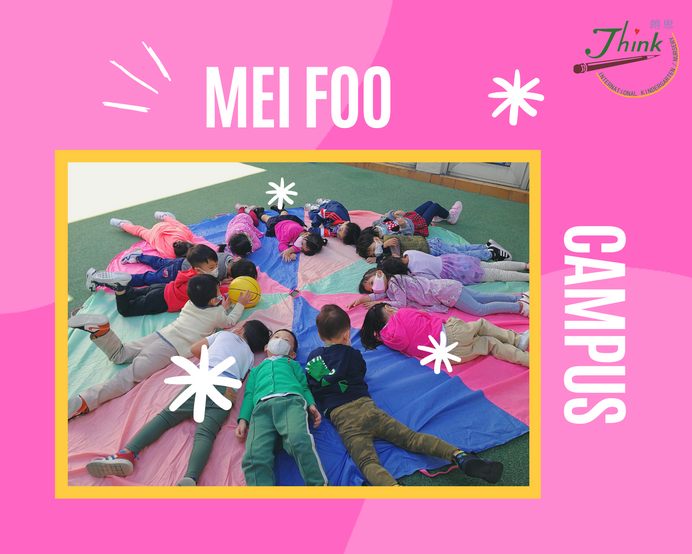







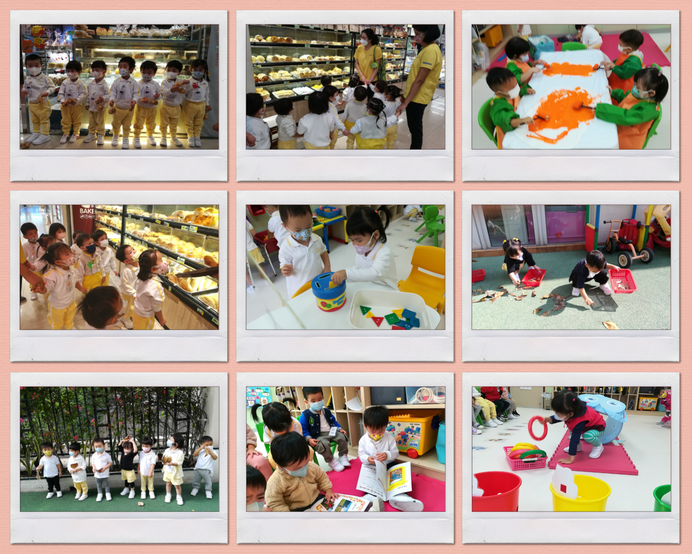









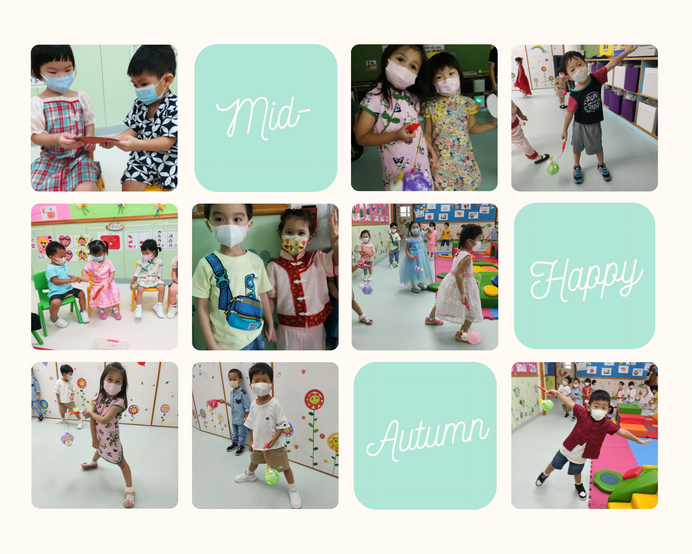







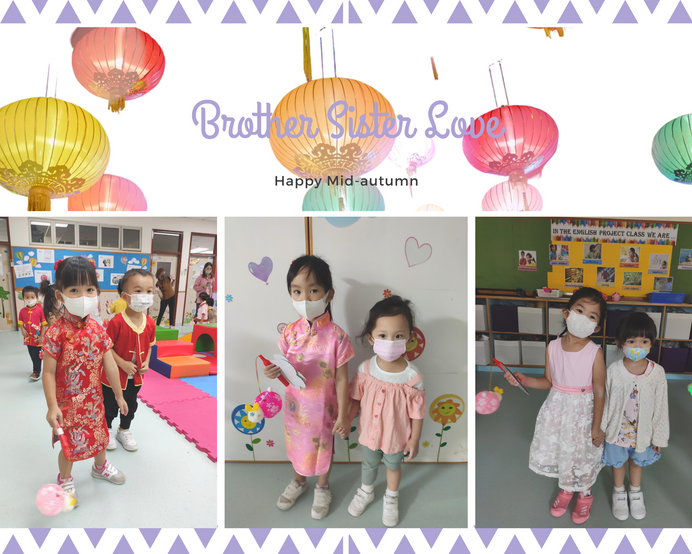









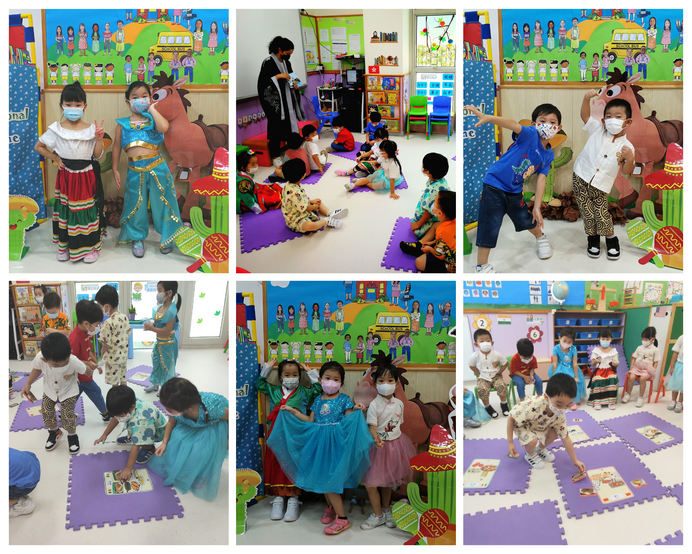

















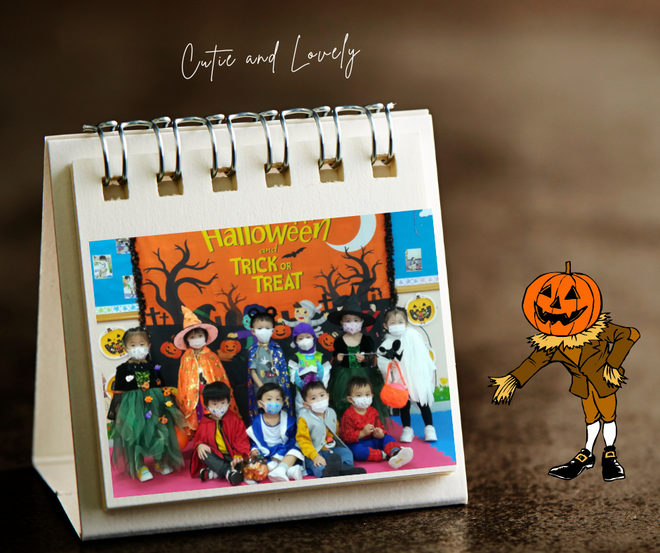



















































Comments